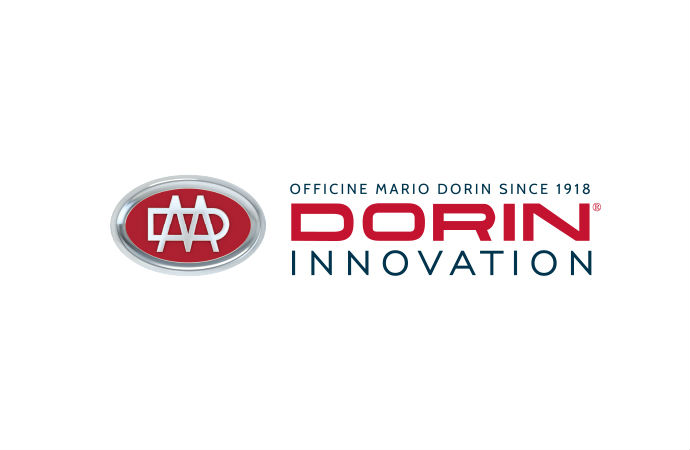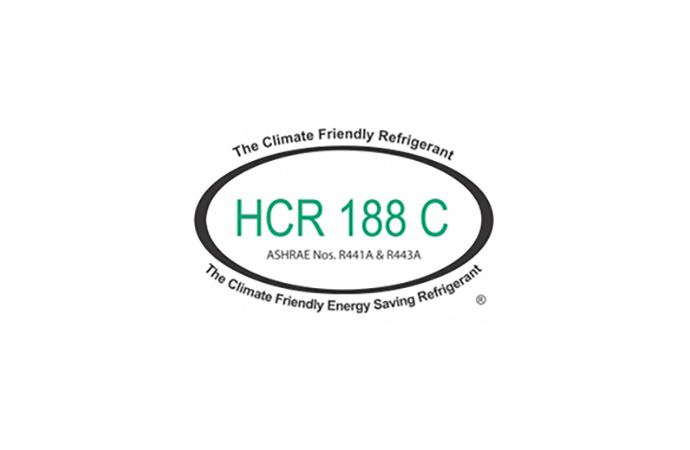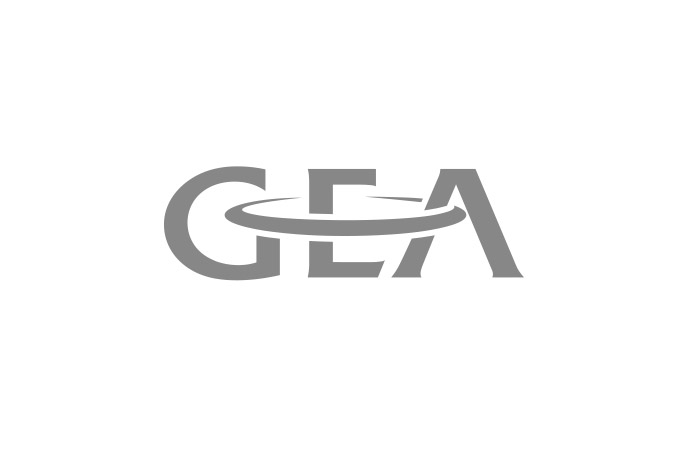A joint proposal by Canada, Mexico and the United States and a proposal by the Federal States of Micronesia to amend the Montreal Protocol in relation to phase-down of the use of hydrofluorocarbons (HFCs) have been submitted ahead of the 32nd Meeting of the Open-Ended Working Group (OEWG) of the Parties to the Montreal Protocol.

Similar amendment proposals, calling for an HFC phase-down were put forward by North American countries and the Federal States of Micronesia at the 23rd Meeting of the Parties (MOP23) to the Montreal Protocol on Substances that Deplete the Ozone Layer in 2011. The discussions on HFC phase-down proposal were blocked at that time by countries led by India, China and Brazil, which argued that HFCs should be treated under the UNFCCC’s Kyoto Protocol addressing climate change rather than under the Montreal Protocol addressing ozone depletion.
The North American proposal
While under the proposal presented by the North American countries at MOP23 last year developed countries would have to start the HFC phase-down in 2015 and developing countries (Article 5) in 2017, the new proposal suggests the control of HFCs begins a year later, in 2016 and 2018 respectively. A gradual phase-down would lead to a reduction of HFCs to 15% of baseline levels by 2033 by developed countries. Developing countries would reach the same level ten years later.
The baseline for Article 5 countries is calculated based on hydrochlorofluorocarbon (HCFC) consumption and production respectively averaged over years 2005-2008, recognizing there are HFC data limitations in some countries. For developed countries, the baseline is determined from a combination of HFC plus 85% of HCFC consumption and production respectively averaged over years 2005-2008.
The Micronesia amendment proposal
The new amendment proposal to phase down HFCs under the Montreal Protocol submitted by the Federal States of Micronesia suggests that HFC consumption and production be reduced in all countries from the baseline by 15% every 3 years beginning in 2015 until 15% of the baseline in 2030 and ultimately 10% of the baseline in 2032 is reached. The baseline would be established using HCFC plus HFC production and consumption from 2004-2006. However, in order to satisfy the basic domestic needs of the developing countries, their calculated level of HFC sproduction may exceed the limit by up to 10% of the average of its calculated levels of production between 2004 and 2006.
TEAP report on low-GWP alternatives
In November 2011, the Parties to the Montreal Protocol requested the Technology and Economic Assessment Panel (TEAP) to prepare a report assessing the availability, cost and potential of alternatives to ozone-depleting substances, which could later prove to become a point of reference when selecting alternatives to HCFCs. According to the provisional agenda of the 32nd OEWG meeting the Technology and Economic Assessment Panel will present the report in July.
Next steps
Both amendment proposals as well as the TEAP report will be considered during this year’s Meeting of the Open-ended Working Group of the Parties to the Montreal Protocol, which will take place in Bangkok on 23-27 July 2012.
MORE INFORMATION
Related stories














